-
 Welcome to plumtriA platform for Research & Innovation
Welcome to plumtriA platform for Research & Innovation -
 Looking for Funding?Check out the current open calls
Looking for Funding?Check out the current open calls -
 Register today to start receiving our monthly newsletter
Register today to start receiving our monthly newsletter -
 Looking to partner up?Search our list of registered profiles
Looking to partner up?Search our list of registered profiles -
 You have questions on a particular funding programme?
You have questions on a particular funding programme?
News
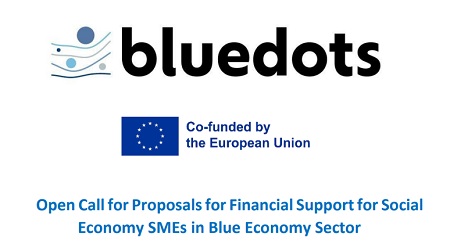 Uploaded On:
Uploaded On:
BLUEDOTS Project opened an application for the first Living Lab in Málaga, Spain, two-day transnational capacity-building event under BLUEDOTS project.
The Open Call for Proposals for Financial Support is targeting Social Economy SMEs and enabling organizations in the blue sector across Europe.
This initiative is designed to foster the digital transformation of operations within the blue economy, driving a transition toward smarter, more sustainable, and inclusive business models.
Key details of this call:
Application deadline: 4…
Uploaded On:
The central implementation mechanism of JPI Oceans is that of Joint Actions. They are formed around topics that fall under JPI Oceans’ thematic scope and contribute to its goals. They are supported by the interest and commitment of several member or associated countries under the leadership of one or co-leadership of several member countries and have developed a concept for implementation, including plans for resourcing, outcomes and impact.
Visit the below link to learn more about JPI Oceans' Joint Actions.
Information and video source:
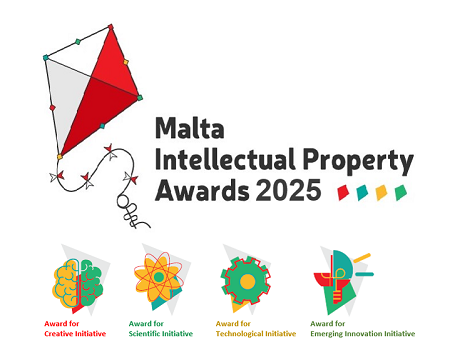 Uploaded On:
Uploaded On:
‘Intellectual Property’ refers to all products and works that are the fruit of the human mind and therefore plays a significant role in our daily lives. Rights accorded by the state in respect of intellectual property such as copyright, patents, trademarks and registered designs provide businesses, artists and inventors with a means to protect products and creations and also encourage them to invest in innovation and creativity to the benefit of society.
The Malta Intellectual Property Awards are aimed at recognising and promoting the creation of Intellectual Property in Malta. The Award has four categories:
- Award for Creative Initiative
The ‘Award for Creative Initiative’ rewards individuals or enterprises operating in the cultural and creative sectors. For the purposes of the ‘Malta Intellectual Property Awards’,…
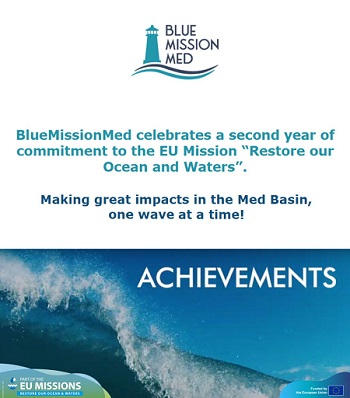 Uploaded On:
Uploaded On:
Making great impacts in the Med Basin, one wave at a time!
The 2nd BlueMissionMed newsletter containing the below articles has been published:
- BlueMissionMed impact in responding to Mission's Objectives in the Mediterranean Basin
- BlueMissionMed support programme
- Presentation of the BlueMissionMed Portfolio of Innovative Transformative Solutions
- BlueMissionMed book for kids "Our blue treasure" officially launched during the EU ocean days in Brussels
- Society4Med Award Winners
- Blue Rivers and Lakes Award Winners
- Highlights of the BlueMissionMed participation at the EU Ocean Days 2025 and Mission Forum Related Events in Brussels …
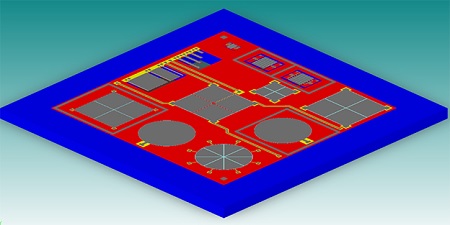 Uploaded On:
Uploaded On:
Air pollution remains a critical challenge as urban populations grow and vehicle numbers rise. Addressing this, researchers at the University of Malta (UM) are developing innovative air quality sensors as part of the PolyMEMSens project, funded by Xjenza Malta and the Scientific Technological Research Council of Turkey (TÜBITAK) through the XJENZA Malta-TÜBITAK 2023 Joint Call for R&I projects. This initiative is part of the PRIMA Programme supported by the European Union
Traditional air quality sensors are either expensive and bulky or affordable but lack precision. The team at the University of Malta is bridging this gap by designing microelectromechanical systems (MEMS)-based sensors. These devices use vibrating structures coated with specialised polymers, currently being developed by the team at Sabancı University, that selectively absorb VOCs, causing frequency shifts that enable accurate concentration…
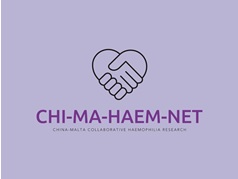 Uploaded On:
Uploaded On:
CHI-MA-HAEM-NET, is a collaborative R&I project between Prof Guo at Soochow University, China, and Prof Gatt at the Department of Pathology, University of Malta, looking at various aspects of Haemophilia, an inherited bleeding disorder, in both China and Malta.
This joint venture was essential to study a similar rare disorder. Also of paramount importance was the alliance with the Malta Bleeding Disorders Society, since this research directly impacted on the quality of life of the same persons participating. One example was the establishment of a Haemophilia register, which is standard of care in Europe for the day to day management of haemophilia…
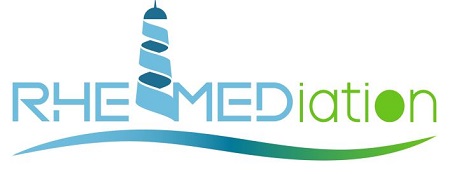 Uploaded On:
Uploaded On:
An Open Call for Associated Regions was launched on March 1, 2025, within WP5 (Development of replication activities and solution implementation roadmap) of the project. The call is open to Third Parties of the Associated Region that will apply by proposing a replication site, with similar characteristics to the ones included in the RHE-MEDiation project, where assessing the replicability potential of the RHE-MEDiation technologies will be carried out. The five selected replication sites will be provided with a grant financial support scheme and receive up to 100.000€ per site, thus complementing the exploitation and replication activity of the RHE-MEDiation technologies by sharing knowledge to maximise future implementation opportunities.
Eligible beneficiaries for this call are local and/or regional organizations (public entities) established in an EU Member State, EU Overseas…
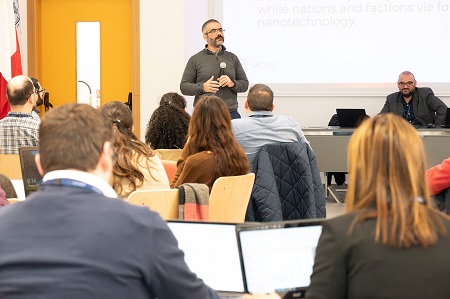 Uploaded On:
Uploaded On:
The STAR project, financed by Xjenza Malta through the FUSION: R&I Research Excellence Programme, has successfully concluded, bringing new opportunities for students working on their final-year dissertations. The STAR prototype was presented to the Malta College of Arts, Science and Technology (MCAST) staff and students during an event held on 25 February at the MCAST’s Applied Research & Innovation Centre.
The MCAST research team, led by the MCAST Director of Information Systems Mr Gerard Said Pullicino, developed an AI-powered tool that helps students gather and organise research materials more efficiently. Students can use this smart system to automatically compile relevant information into a digital research scrapbook. By adapting to different learning styles, the tool makes it easier for students to connect research findings to their dissertation topics. During the event, the research team shared an experiment that was carried out using AI to assist students to…
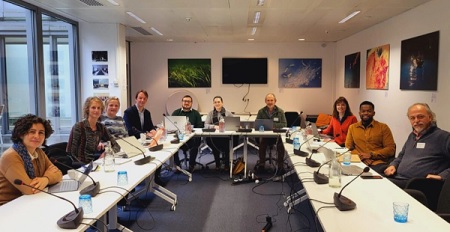 Uploaded On:
Uploaded On:
Leading scientists and experts on the topic convened in Brussels and remotely on 21-22 January 2024, for the second JPI Oceans scoping workshop focused on Offshore Freshened Groundwater (OFG). The workshop aimed to identify knowledge gaps and lay the groundwork for future collaborative research, including a potential demonstration project. The two-day event built upon the conclusions of the first scoping workshop held in August 2024.
Groundwater stored in sub-seafloor sediments with lower salinity than seawater, jargonised as OFG, presents a promising alternative source of freshwater for coastal regions. The occurrences are currently considered as unconventional water resources in the framework of scientific research and the United Nations’ implementation of the …
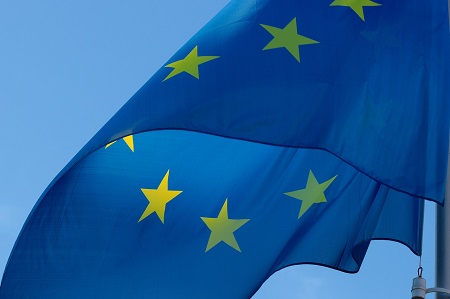 Uploaded On:
Uploaded On:
On 12 February, the European Commission published a Communication on "The Road to the next Multiannual Financial Framework" (MFF), addressing key challenges for the next EU budget, which will begin post-2027. The current MFF runs until 2027, with the Commission set to propose a new framework in 2025, focusing on simplicity, flexibility, speed, and strategic focus.
The MFF package will include a proposal for a European Competitiveness Fund to support strategic technologies, from research to manufacturing. This decision aids preparatory work but does not finalize the future program structure.
Additionally, six public consultations are open until 7 May 2025, covering areas such as:
- …
Uploaded On:
Argyrosomus regius, or better known as meagre, is a fish with great commercial potential due to its flesh quality, taste and fast growth in captivity. This fish is less known than its counterparts, seabass and seabream. However, most recipes containing seabream and seabass can be easily prepared using meagre meat. This fish is rich in omega-3 fatty acids, phosphorus, protein and vitamin D, and it has first-class white meat with a more neutral taste, which makes it more accepted by children. What makes meagre stand out is its firm meat that is suitable for an array of preparation methods, such as frying, baking, steaming, even marinating raw, but the best culinary treatment would be grilling due to the retention of proteins and minerals.
Because this species is not yet well known among consumers, its demand is low, therefore, it is not widely farmed. Fish farmers prefer focusing on the fan-favourite seabass and…
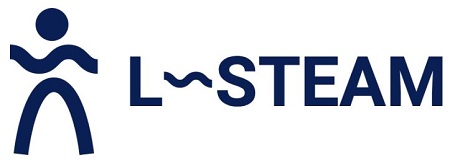 Uploaded On:
Uploaded On:
The Learning STEAM through performing arts (L-STEAM) is an Erasmus+ funded project designed to enhance Science, Technology, Engineering, Arts, and Mathematics (STEAM) education in primary to secondary schools, running from November 2024 to August 2027. The project will co-design with educators a competence-based framework, the STEAM Idea’s Square, and will support them in the implementation of student-centred STEAM performances in their classrooms.
Project's Missions
At the core of L-STEAM is the role of performing arts in challenging society to engage with complex social, political, and scientific questions. By setting a concrete educational framework, the L-STEAM project will test its pedagogical principles in eight schools across Malta, Greece, Portugal, and Cyprus. The project will support educators’ professional development through two summer schools (2025 and…
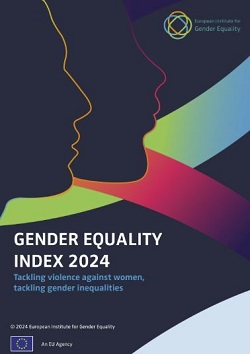 Uploaded On:
Uploaded On:
The latest edition of the Gender Equality Index, the 2024 edition, highlights the fact that the EU is battling a host of emerging challenges, from increasing effects of climate change and extreme weather events to high geopolitical tensions, rapid digitalisation, volatile political situations and growing political extremism across the region.
While such phenomena claim the attention of decision-makers, they not only occur against the backdrop of long-standing gender equality issues such as violence against women but also make gender equality a more relevant and pressing issue than ever.
Mounting evidence shows that when crisis strikes violence against women and girls intensifies. The fact that millions of women in the EU continue to be exposed to serious forms of violence, including physical and sexual violence and femicide, due to their gender remains one of the most…
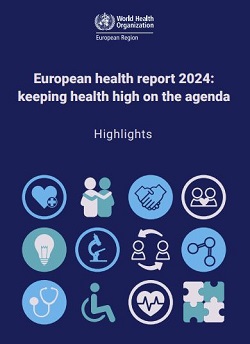 Uploaded On:
Uploaded On:
On 25 February, during a live webinar hosted in UN City, Copenhagen, WHO/Europe unveiled its European Health Report 2024.
Produced every 3 years as a flagship WHO/Europe publication, the reports provide an overview of the health status of the population of the WHO European Region and analyse the Region’s progress towards its health policy goals and targets to identify priority areas for action and further improvement.
This edition is based on indicators included in the European Programme of Work, 2020–2025 – “United Action for Better Health in Europe” Measurement Framework. The 2024 edition of the report finds that the people’s health in the WHO European Region continues to be negatively affected by an accumulation of hard-to-tackle threats and new hazards that require urgent attention in the aftermath of the COVID-19 pandemic.
During the launch…
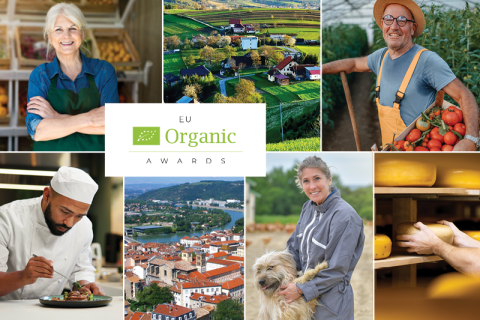 Uploaded On:
Uploaded On:
The European Economic and Social Committee (EESC) announces that applications for the fourth edition of the EU Organic Awards open today, 11 February 2025. The application period runs until 27 April 2025, and interested parties can access the clear and friendly user application form on the EESC's official website starting today.
The EU Organic Awards recognise excellence throughout the organic value chain, rewarding the best and most innovative actors in EU organic production. These awards are jointly organised by the European Commission, the EESC, the European Committee of the Regions (CoR), COPA-COGECA, and IFOAM Organics Europe.
Categories of the EU Organic Awards
The awards feature multiple categories,…
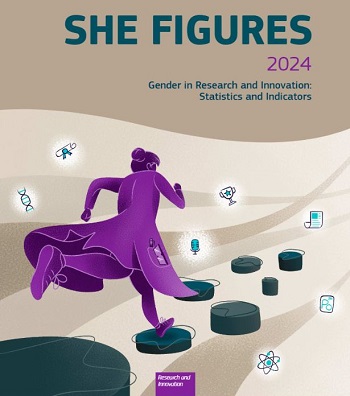 Uploaded On:
Uploaded On:
Equality in research and innovation (R&I) is a core value of the European Union, essential for fostering excellence, diversity, and inclusiveness. The She Figures publication is the European Commission’s flagship report monitoring gender equality in R&I across Europe and beyond. In line with previous editions, She Figures 2024 follows the chronological journey of researchers from higher education into the labour market and on to decision-making and leadership positions. The report supports evidence-based policymaking and promotes gender mainstreaming across R&I policies at both national and EU levels. A significant addition for 2024 is the introduction of a pilot Index: a composite indicator measuring Member States’ progress towards gender equality in R&I. It offers a comparative perspective on gender equality efforts and enhances the She Figures contribution to fostering a more inclusive European R&I landscape.
…
Uploaded On:
New discovery made by an EU-supported project can help unlock the mysteries of violent phenomena in the Universe!
The announcement was made yesterday after the discovery was published in Nature Magazine.
KM3NET, a giant neutrino telescope sitting at the bottom of the sea, has detected the highest-energy neutrino ever observed. The neutrino travelled at the speed of light directly from the cosmos to the Mediterranean Sea, off the coast of Sicily, where the detector is located. Neutrinos are extraordinary messengers that carry with them valuable information about the most extreme conditions and violent phenomena happening in the remote places of the Universe, such as: accreting supermassive black holes at the centre of galaxies, supernova explosions or gamma ray bursts,…
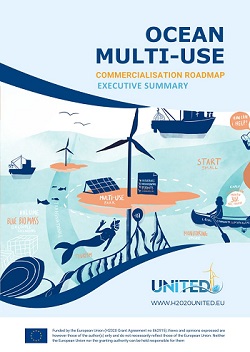 Uploaded On:
Uploaded On:
Ocean Multi-use can potentially contribute to a more sustainable and efficient use of ocean reasources, and provide tangible economic and environmental benefits. UNITED will promote ocean multi-use through the installation of real-world demonstration pilots, exploring technical, regulatory, economic, social and environmental requirements and impatcs.
Check out their Ocean Multi-use Commerciaisation Roadmap Executive Summary.
Visit the below link to learn more on this project and it's followup project ULTRAFARMS.
Information and image source:
 Uploaded On:
Uploaded On:
Open Research Europe is an open access publishing platform for the publication of research stemming from European Commission funding across all subject areas. The platform makes it easy for European Commission beneficiaries to comply with the open access terms of their funding and offers researchers a publishing venue to share their results and insights rapidly and facilitate open, constructive research discussion. Open Research Europe operates under a continuous publication schedule.
Visit the below link to learn further about this tool.
Information and image source:
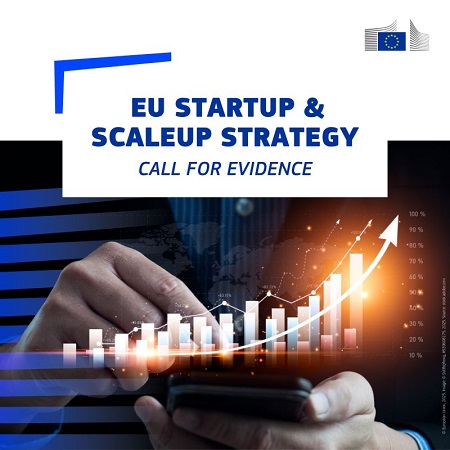 Uploaded On:
Uploaded On:
Start-ups and scale-ups are crucial for Europe’s competitiveness. They often introduce to the market breakthrough innovative solutions capable of tackling the existing societal challenges. However, they still face barriers affecting their growth, including difficulties in accessing private capital in the EU and selling seamlessly across the single market. This initiative will propose a set of policy, financial and legislative measures to improve and simplify framework conditions for start-ups and scale-ups.
The Commission would like to hear your views.
This call for evidence is open for feedback. Your input will be taken into account as we further develop and fine-tune this initiative. Feedback will be received until 17 March 2025.
Visit the below link to read further.
…




